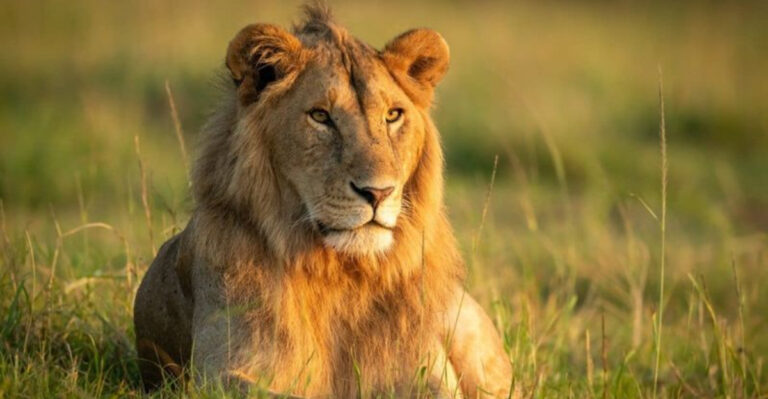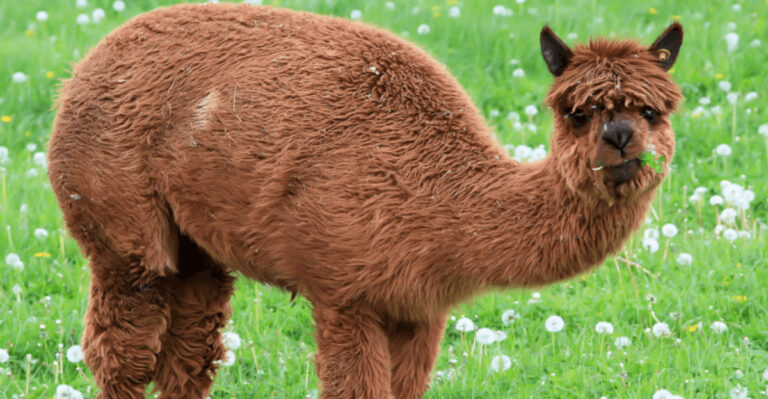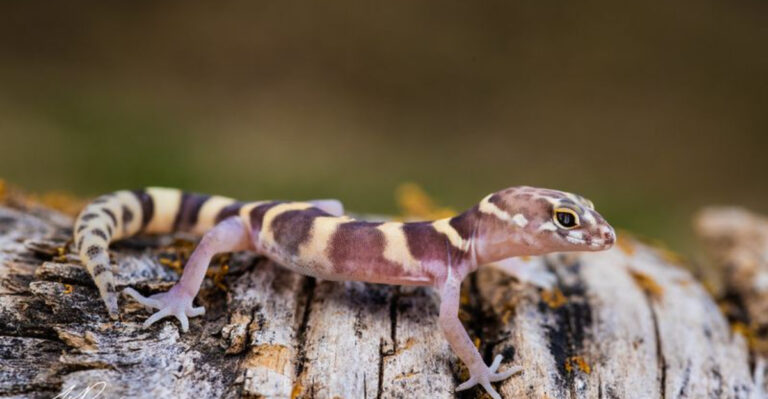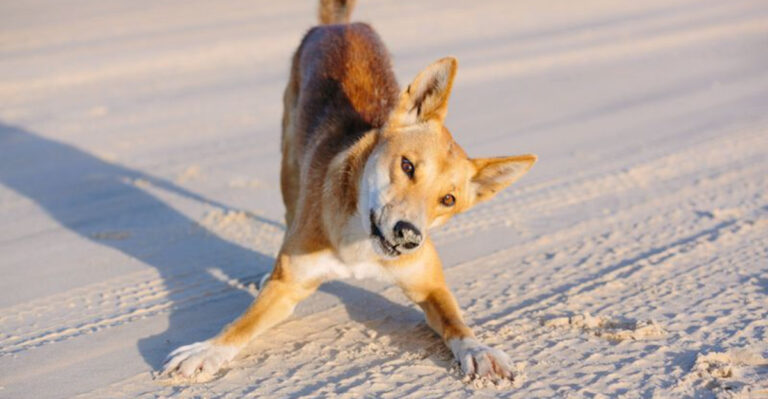15 Evolutionary Advantages That Help Wild Cats Survive
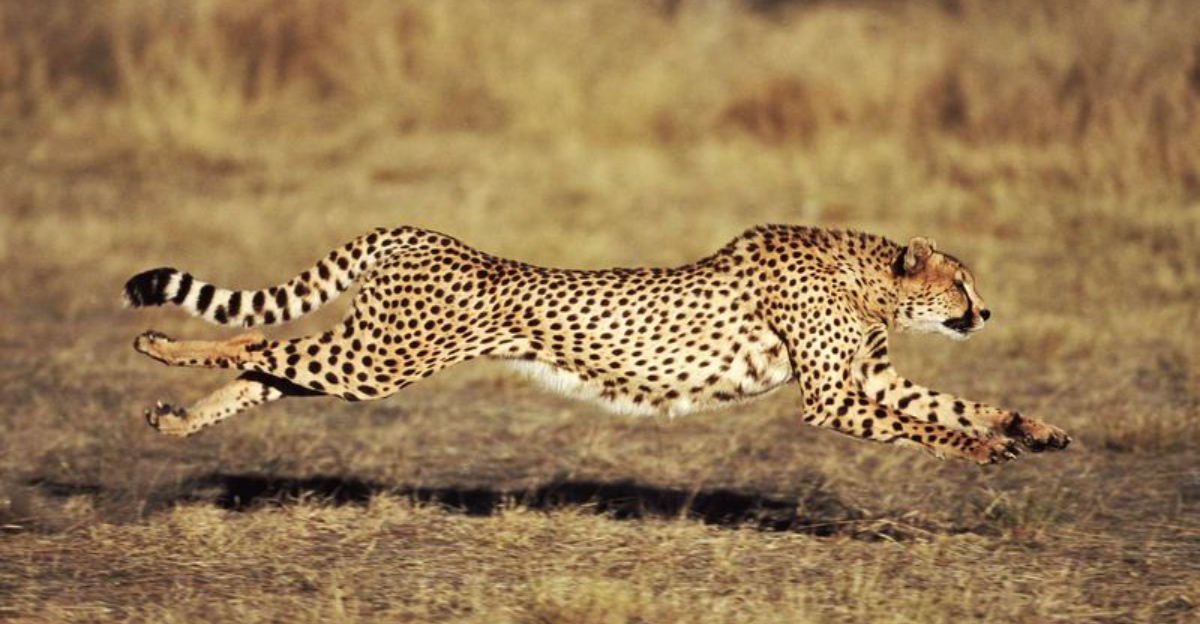
Ever wonder how wild cats manage to thrive in the harshest of environments while maintaining their majestic charm? These fascinating creatures have evolved with remarkable adaptations that ensure their survival in the wild.
From their night vision to their retractable claws, each feature plays a crucial role in their everyday lives. Let’s explore unique evolutionary advantages that help wild cats navigate the wild with finesse and flair.
1. Night Vision
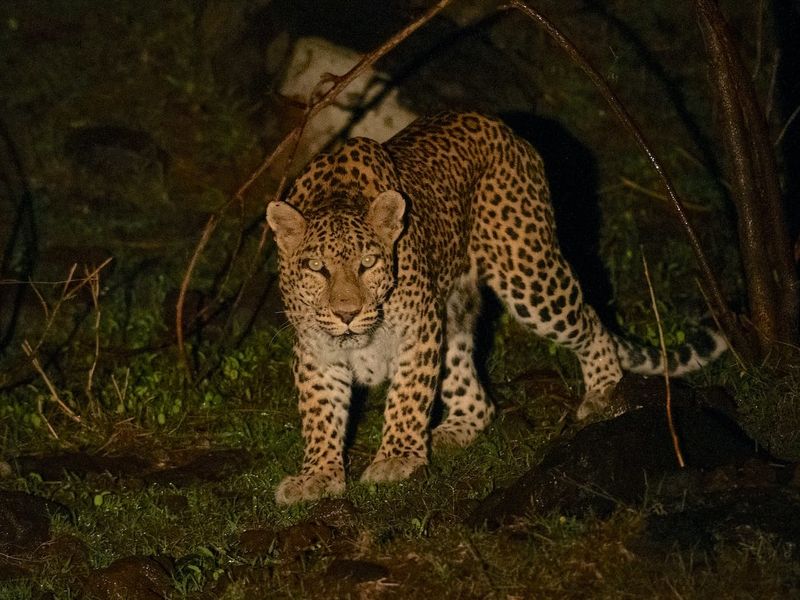
Cats have a knack for seeing in the dark, thanks to their eyes’ tapetum lucidum. This reflective layer enhances their ability to catch even the faintest light, turning them into nocturnal hunters.
When the sun sets, they’re in their element, silently stalking their prey. Isn’t it fascinating how these creatures can navigate with such grace in the darkness? This trait ensures their survival in low-light environments.
2. Retractable Claws
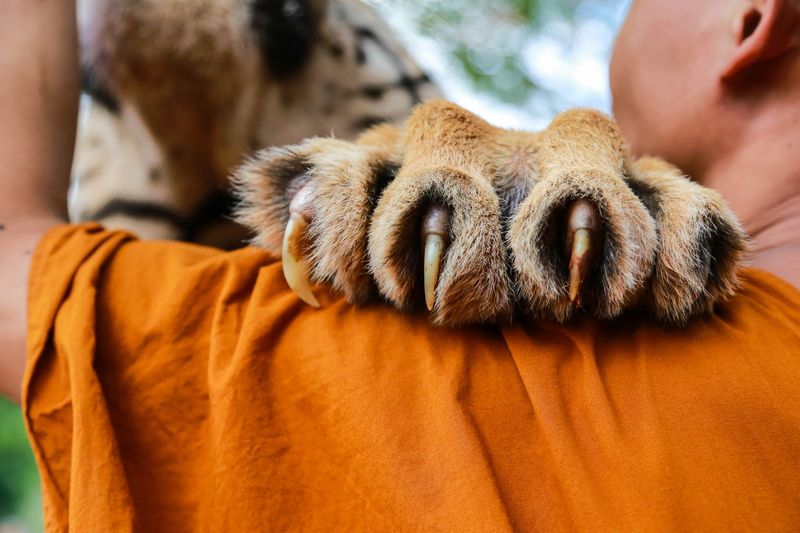
Imagine having a set of switchblades at your disposal. Wild cats do, in the form of retractable claws. These claws stay sharp and ready for action, helping with climbing, hunting, and defending against threats.
This adaptation is not just about offense; it’s also about keeping those claws pristine for when they’re truly needed. A quick swipe, and their prey doesn’t stand a chance.
3. Camouflage Fur
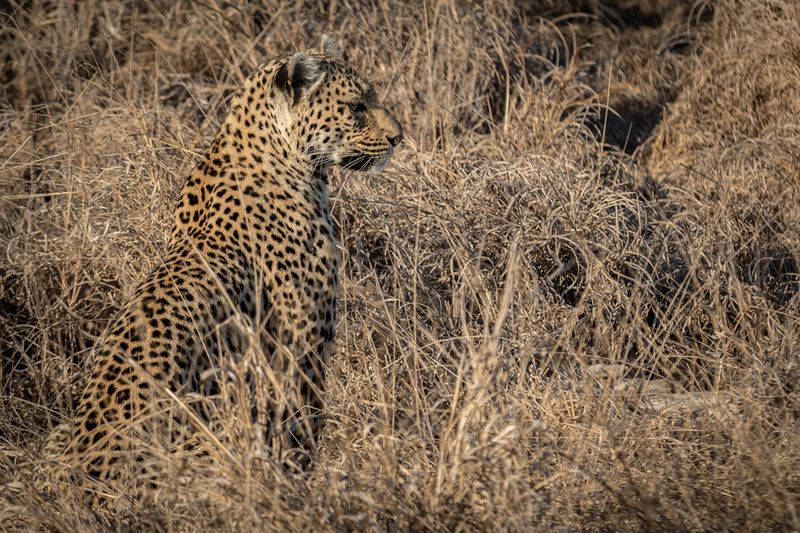
Blending in is an art, and wild cats are masters. Their fur patterns aren’t just for show; they’re vital for survival. Camouflage helps them stalk prey undetected and evade predators.
Whether it’s the stripes of a tiger or the spots of a leopard, these patterns are nature’s way of giving them an edge. The ability to vanish into their surroundings is a game-changer in the wild.
4. Keen Hearing
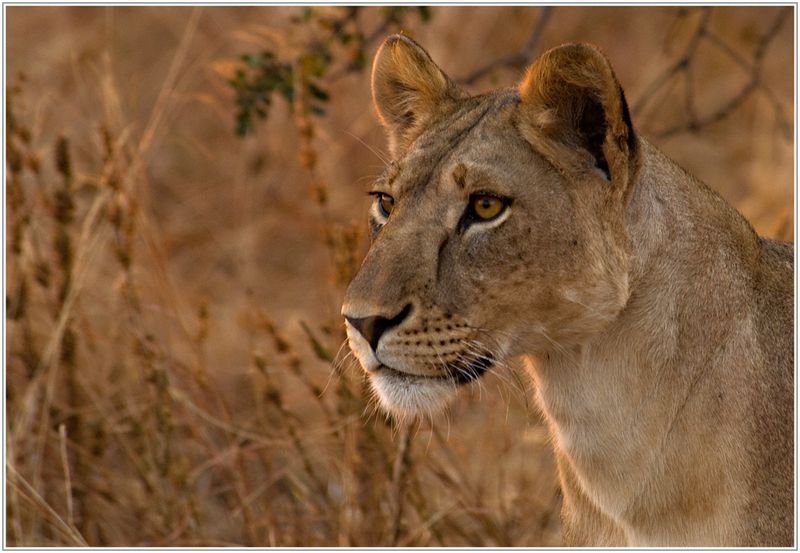
Ever notice a cat’s ears twitch at the slightest sound? Their hearing is finely tuned to detect the faintest rustle of prey. This acute sense allows them to hunt with precision, even when their target is out of sight.
From the chirp of a bird to the scuttle of a mouse, nothing escapes their notice. This auditory advantage is crucial for their hunting success and overall survival.
5. Flexible Spine
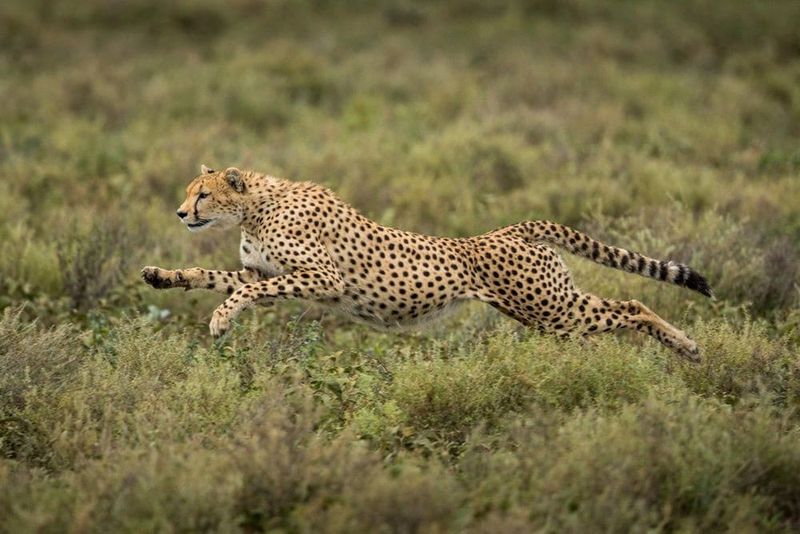
Wild cats are like furry gymnasts, and their flexible spines are the secret. This flexibility allows them to twist and turn with ease, whether they’re chasing prey or leaping through trees.
It’s not just about agility; it’s about survival. A flexible spine gives them the range of motion needed to navigate their rugged habitats and avoid predators. Who wouldn’t envy such grace?
6. Powerful Jaws
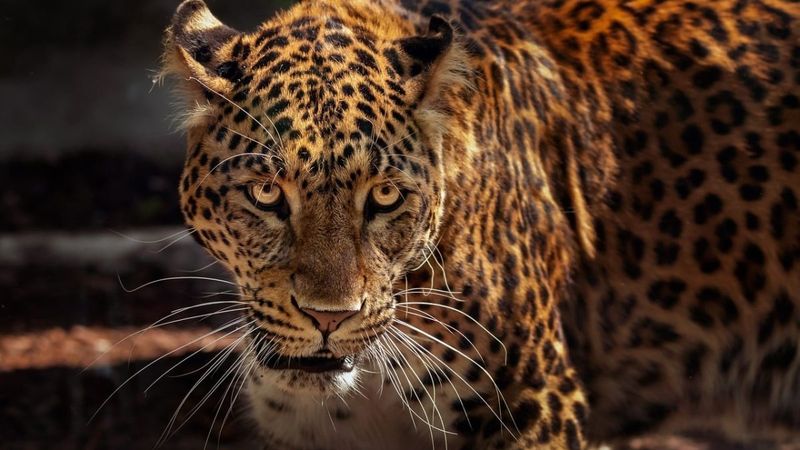
A wild cat’s jaw is a marvel of nature, built for power and efficiency. Whether they’re crunching through bones or delivering a lethal bite to prey, these jaws mean business.
Their bite strength is crucial for taking down large prey and defending against rivals. It’s not just about raw power; it’s about versatility and survival. Those teeth aren’t just for show—they’re tools of the trade.
7. Stealthy Movement
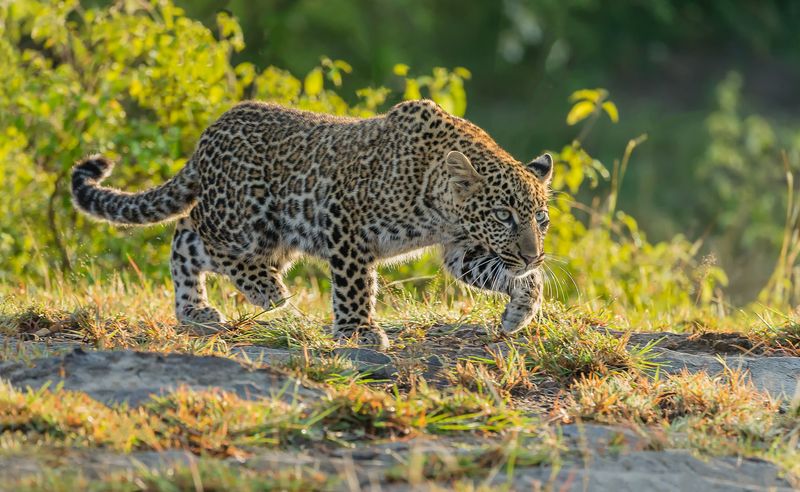
Moving like a shadow, wild cats are the embodiment of stealth. Their padded paws and silent gait allow them to approach prey without a sound.
This capability is crucial for hunting success, as it lets them get close enough to pounce before being detected. Stealth isn’t just a skill; it’s an evolutionary triumph that ensures they stay one step ahead of both prey and predator.
8. Acute Sense Of Smell
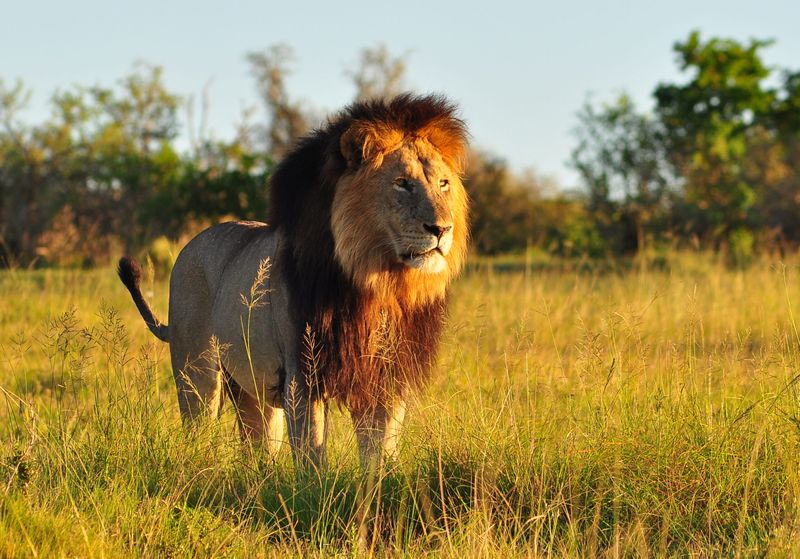
A wild cat’s nose is a powerful tool, capable of detecting scents from great distances. This acute sense of smell plays a pivotal role in hunting and territorial marking.
It helps them identify food, detect rivals, and avoid danger. The world of scent is like an invisible map guiding them through their environment. For these cats, a keen nose is as vital as sharp claws.
9. Strong Musculature
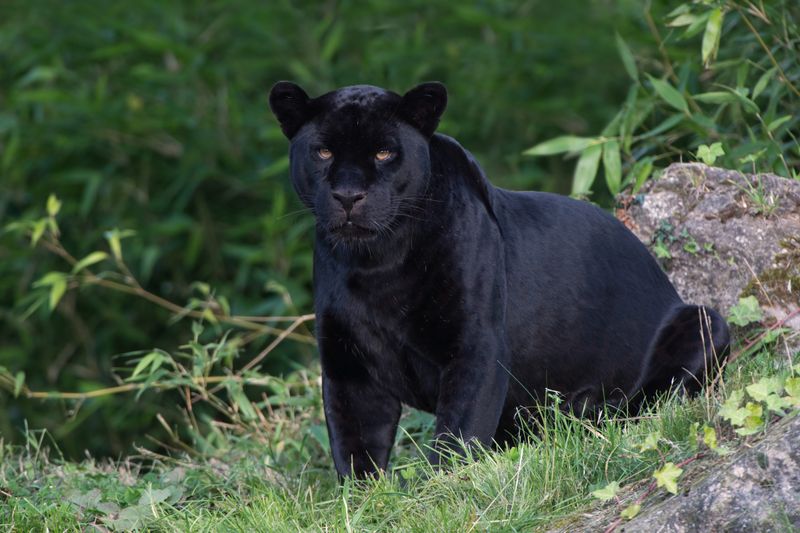
Muscles are a wild cat’s secret weapon, providing the strength and speed needed to catch prey. Their powerful muscles enable explosive bursts of speed, high jumps, and quick turns.
It’s not just about strength; it’s about precision and control. This robust physique is essential for surviving in competitive environments where only the strong and agile thrive. These cats are built to conquer.
10. Territorial Instincts
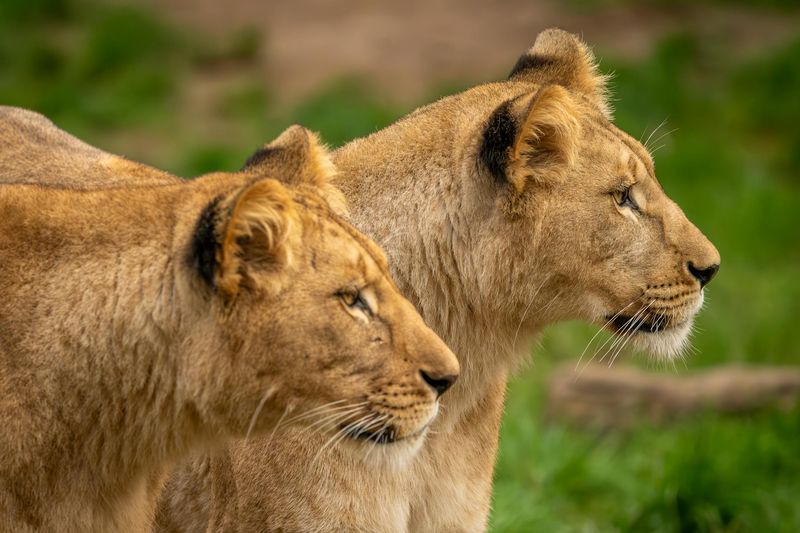
Territory is everything to a wild cat. It’s not just about space; it’s about resources and survival. With sharp claws and a keen sense of smell, they mark their territory to warn rivals and secure their domain.
This instinct reduces conflict and ensures access to food and mates. It’s a strategic game of survival and dominance, one that they play with unmatched expertise.
11. High Reproductive Rate
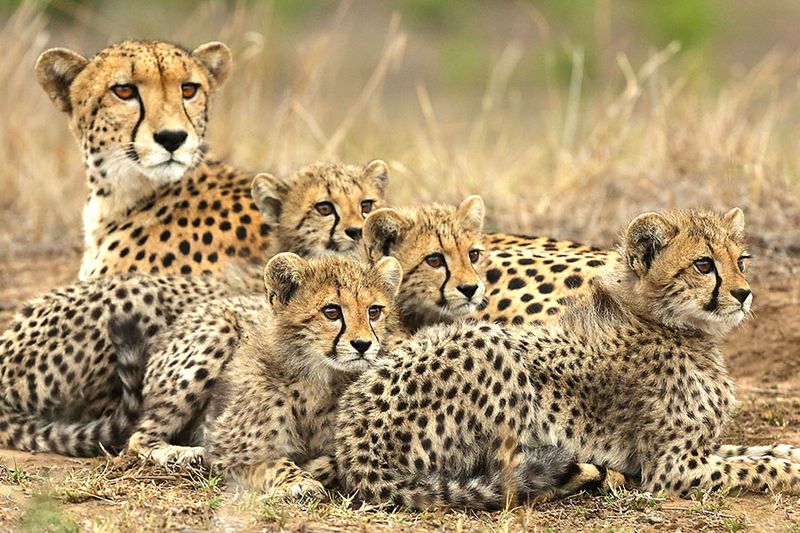
Mother nature equips wild cats with a high reproductive rate, ensuring their lineage continues. Despite harsh conditions, they can produce multiple litters in a lifetime.
This capability offsets losses due to predators or disease. It’s a numbers game, and they play it well. The survival of the species depends on this ability to replenish and thrive, even in the face of adversity.
12. Adaptability To Environments
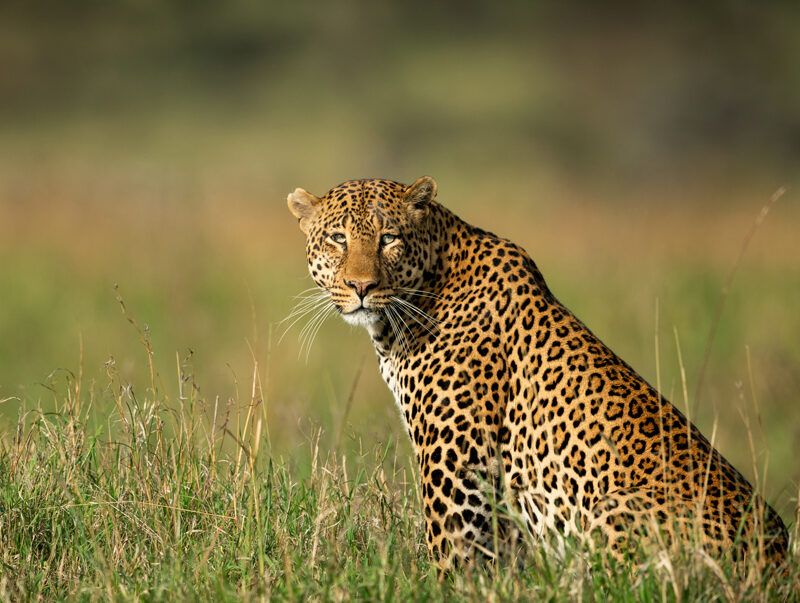
Adaptability is the wild cat’s middle name. Whether in deserts, forests, or mountains, they adjust and thrive. Their ability to adapt to diverse environments is a testament to their evolutionary success.
This flexibility allows them to exploit new opportunities and avoid extinction. It’s not just survival; it’s thriving against the odds. With each new challenge, they continue to evolve.
13. Agility And Speed
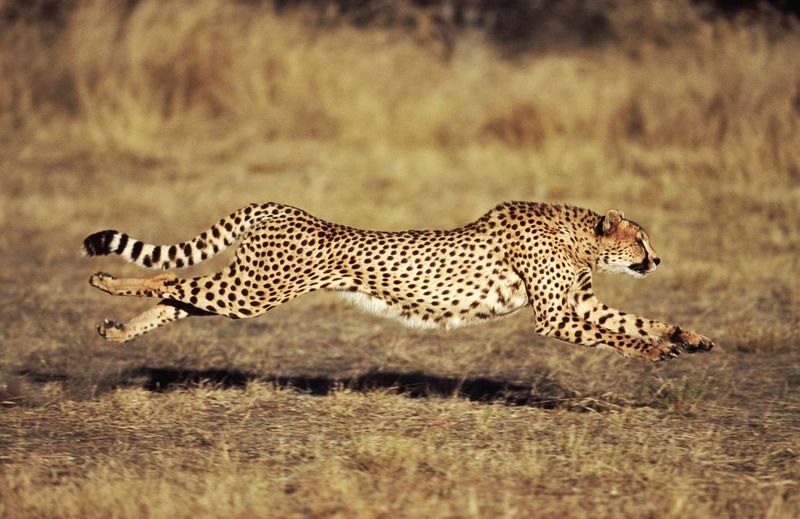
In the race of life, speed is a wild cat’s ally. Their agile bodies and rapid reflexes make them formidable hunters. Whether sprinting after prey or dodging danger, their speed is unmatched.
This combination of agility and speed ensures they catch meals and escape threats. It’s not just about quickness; it’s about mastering the art of survival with unparalleled finesse.
14. Social Structure
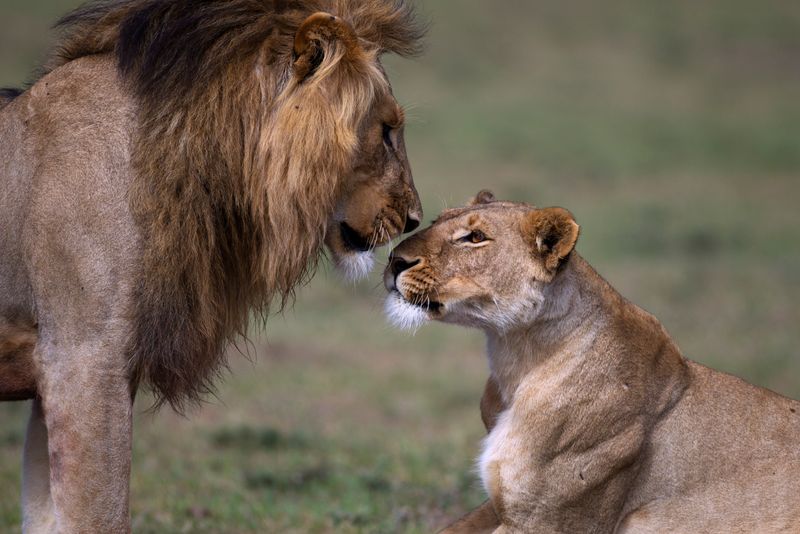
Some wild cats live solitary lives, while others thrive in social groups. These complex social structures provide protection and increase hunting success.
Cooperation among group members enhances survival rates and resource sharing. This dynamic isn’t just about companionship; it’s a strategic survival advantage. It’s a fascinating world of alliances and rivalries, played out in the wild.
15. Resistance To Disease

Wild cats have evolved a resistance to many diseases, an essential trait for survival. Their immune systems are robust, able to cope with various pathogens.
This resilience ensures they remain healthy enough to hunt and reproduce. Disease resistance is nature’s way of keeping populations stable and thriving, even in challenging environments. It’s not just luck; it’s an evolutionary masterpiece.

